What's eating my Sage?!
darkwolfe5
14 years ago
Featured Answer
Sort by:Oldest
Comments (20)
snookst
10 years agoRelated Professionals
Beachwood Landscape Architects & Landscape Designers · Simi Valley Landscape Architects & Landscape Designers · Alpharetta Landscape Contractors · Centereach Landscape Contractors · Deerfield Beach Landscape Contractors · East Patchogue Landscape Contractors · Fair Oaks Landscape Contractors · Lancaster Landscape Contractors · South Farmingdale Landscape Contractors · Vacaville Landscape Contractors · Wheat Ridge Landscape Contractors · Hawaiian Gardens Landscape Contractors · Sarasota Roofing & Gutters · Fitchburg Roofing & Gutters · Fruitville Roofing & Guttersseysonn
10 years agosnookst
10 years agoMintman2013
10 years agosnookst
10 years agoballoonflower
10 years agorhizo_1 (North AL) zone 7
10 years agosnookst
10 years agoxraychic
9 years agofloral_uk z.8/9 SW UK
9 years agoednarhodes
9 years agoballoonflower
9 years agoCA Kate z9
9 years agoCA Kate z9
9 years agolast modified: 9 years agogthomson910 - Zone 10a/9b - Corona, Ca, US
7 years agocarpe8dm
6 years agorhizo_1 (North AL) zone 7
6 years agoJulia Zuniga Romero
4 years agolast modified: 4 years agoSW (Sydney, USDA 10b)
4 years ago
Related Stories
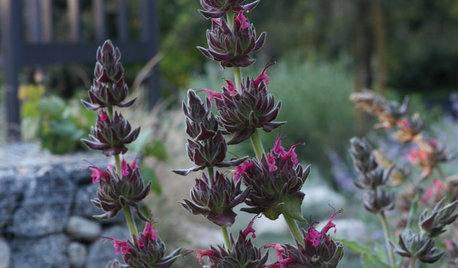
FLOWERS AND PLANTSHummingbird Sage Lures Wildlife With Its Sweet, Fruity Fragrance
This native California ground cover thrives with little water on grassy slopes, under trees or in patio containers
Full Story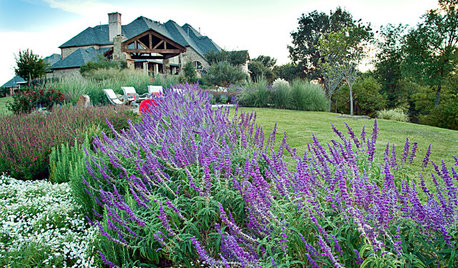
GARDENING GUIDESGreat Design Plant: Salvia Leucantha
Soft, velvety purple spikes gracefully arch over the gray-green foliage of Mexican bush sage in spring through fall in western U.S. gardens
Full Story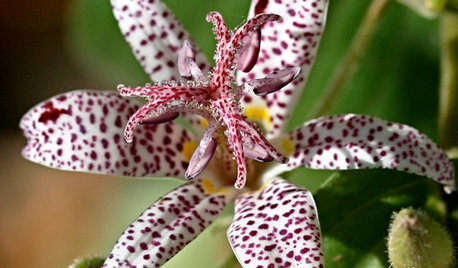
SUMMER GARDENING10 Perennials to Extend Your Garden's Summer Color
Revive summer-weary gardens with outstanding late bloomers such as toad lily, Russian sage, blanket flower and more
Full Story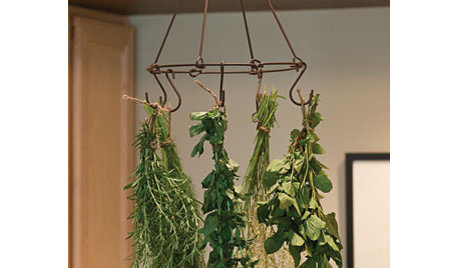
Dry Your Garden Herbs for Casual Fall Decor
Snip some sage and round up the rosemary. Dried herbs are just as great for autumnal arrangements as they are for cooking
Full Story
GREENPalatable Palettes: Green Goodness for Bedrooms
As ripe as a summer garden, green shades and tones help bedrooms show off their freshest face
Full Story
CONTAINER GARDENS7 Deer-Resistant Flowers for Your Summer Containers
Grow these as protection for edibles or just for their colorful beauty — deer might not like them, but everyone else will
Full Story
GARDENING GUIDESTop 12 Summer-Blooming Perennials for Deer-Resistant Drama
Can you have garden color, fragrance and exciting foliage with hungry deer afoot? These beauties say yes
Full Story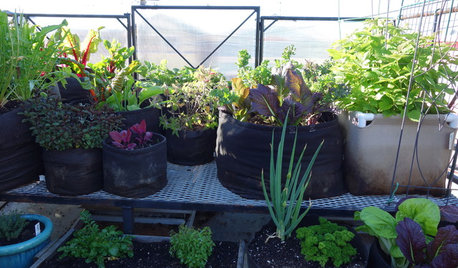
FARM YOUR YARDAn Urban Greenhouse Overflows With Edibles
Making meals just means stepping into the yard for a San Francisco couple who revamped an old orchid house
Full Story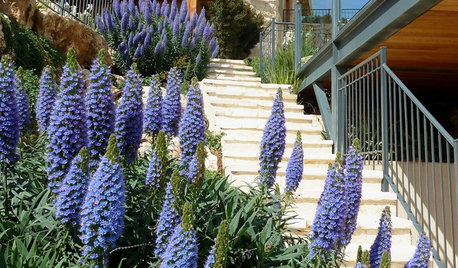
GARDENING GUIDESGreat Design Plant: Pride of Madeira
Try this drought-tolerant stunner for its massive flower spikes that burst with purple, drawing butterflies and birds to the garden
Full Story
DECORATING GUIDESUp the Luck in Your Home
No need to pillage the garden for shamrocks. These 10 good-luck totems and décor options may work like a charm
Full Story





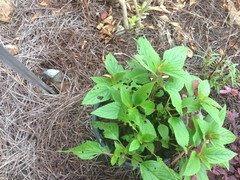
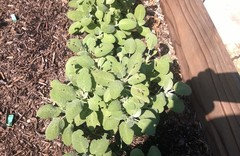





nygardener